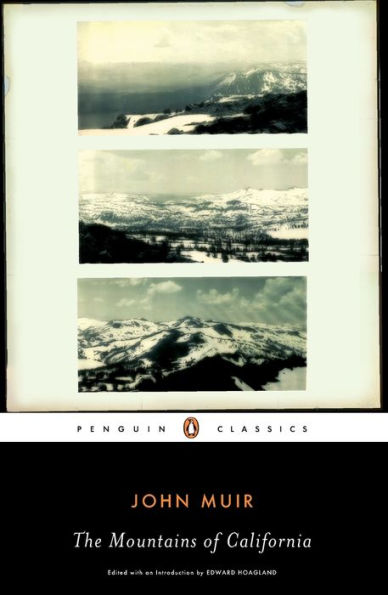Reading Group Guide
1. John Muir moved with his family from Scotland to Wisconsin in 1849, then alone to California in 1868, and wrote The Mountains of California in 1894. Consider the changes that were taking place in the United States during this time–increasing industrialization and the move away from a rural lifestyle, the building of more railroads, California’s statehood, the Civil War, and Reconstruction–and how they might have influenced Muir’s book. Does it seem sometimes as if he is immune to these dramatic events, or do you think his effort to preserve nature is a political statement in itself?
2. Some readers have described The Mountains of California as a gospel to the outdoors. To what degree is Muir’s writing suffused with religion and spirituality in its language and its tone? How do you define spirituality in this context?
3. How do you think Muir reconciled his spirituality (and his own puritanical upbringing) with his theories about evolution, specifically regarding his observations about changes in the natural landscape?
4. Though Muir was a sheepherder, he was also acutely aware of the devastation wrought on the meadows and forests by sheep and cattle. The attention he drew to this destruction led to the creation of some of our most famous and beloved national parks. What examples can you find in the book where Muir describes ways man has adversely affected nature?
5. In his Introduction, Bill McKibben argues that Muir “invents, by sheer force of his love, an entirely new vocabulary and grammar of the wild . . .” How did Muir break with the style of his contemporaries? What is so revolutionary about his writing? Isit the accessibility of his prose? Could this book, which was written over a century ago, have been written today?
6. Consider Muir’s literary influences. How does his writing resemble the work of romantics and trancendentalists?
7. How does Muir reel the reader in and act as a guide? Note his use of the word “you, ” in addressing his audience, from the very first page.
8. What do you suppose was Muir’s purpose in writing this book? Bill McKibben says the book fostered, ultimately, an interest in environmentalism and conservationism. Having read this book, are you more inclined to visit the mountains?



